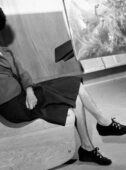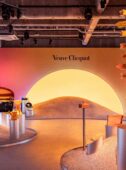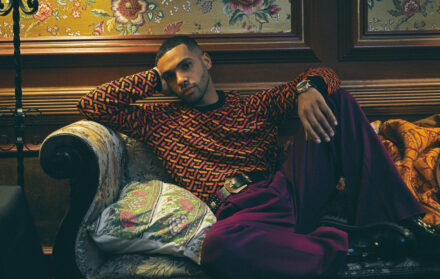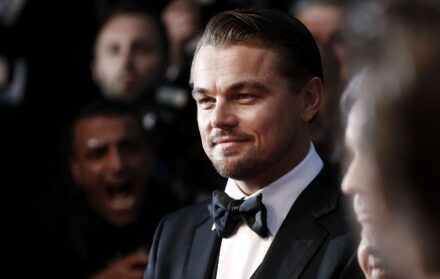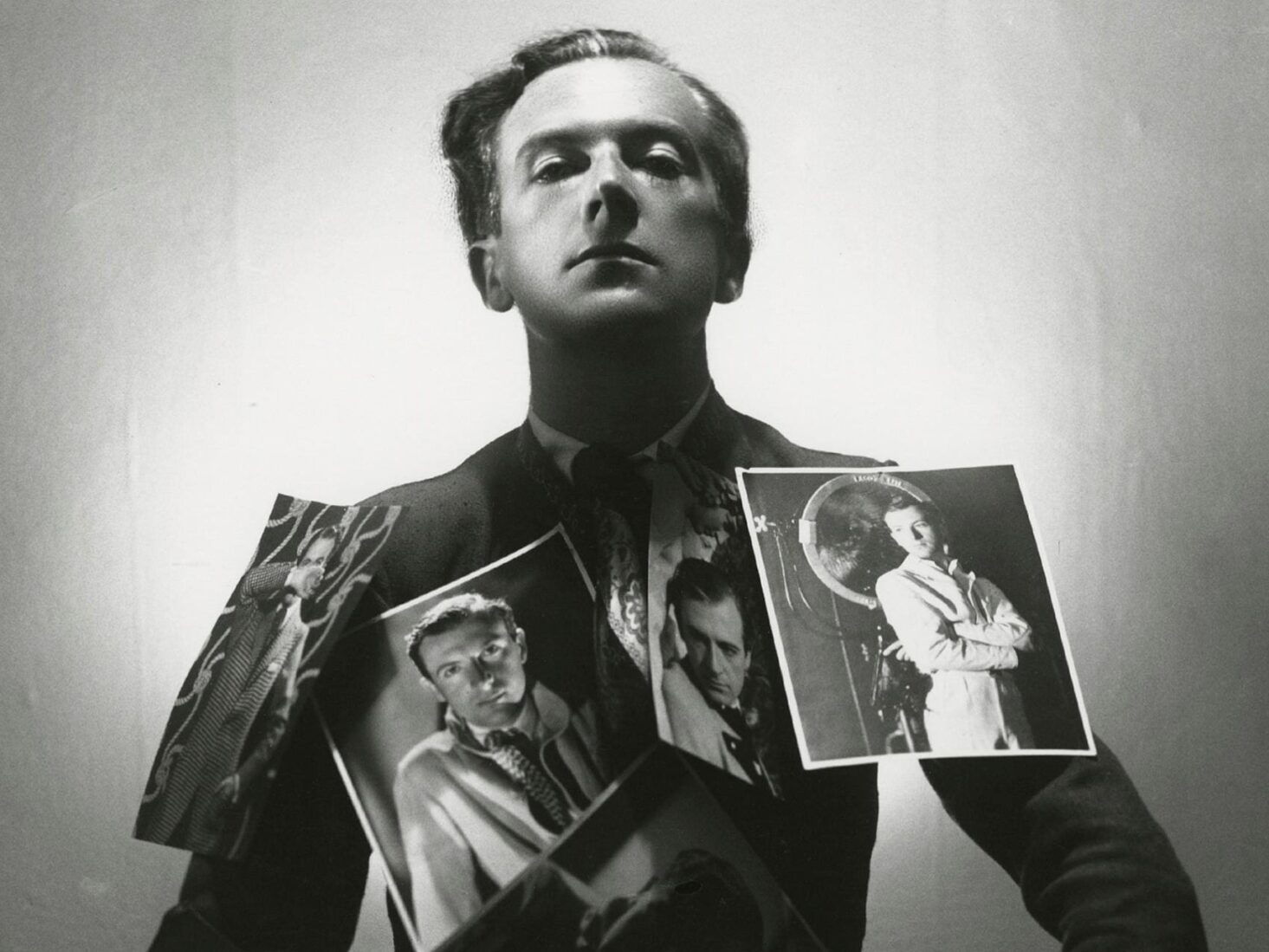
Cecil Beaton and his Bright Young Things is the glamorous escapism we need right now
"Guests came in the knowledge that they were to exchange reality for a complete escape into the realms of fantasy" – Cecil Beaton
Anyone with a retrospective eye will know that throughout history, a period of austerity is often followed by one of indulgence. As life today remains on hold while the current pandemic ensues, a recently opened exhibition on Cecil Beaton and his Bright Young Things at the National Portrait Gallery seems to chime with this notion more than ever. After the ‘war to end all wars’ and a global pandemic, those with means wanted to leave the horrors of Flanders and the Spanish flu behind and threw themselves into a decade-long party to forget. These individuals ensured the Twenties became a decade defined by the speeding motorcar, the rise of air travel, the emancipation of dress codes and the breaking of social and gender norms, which had long governed polite society.
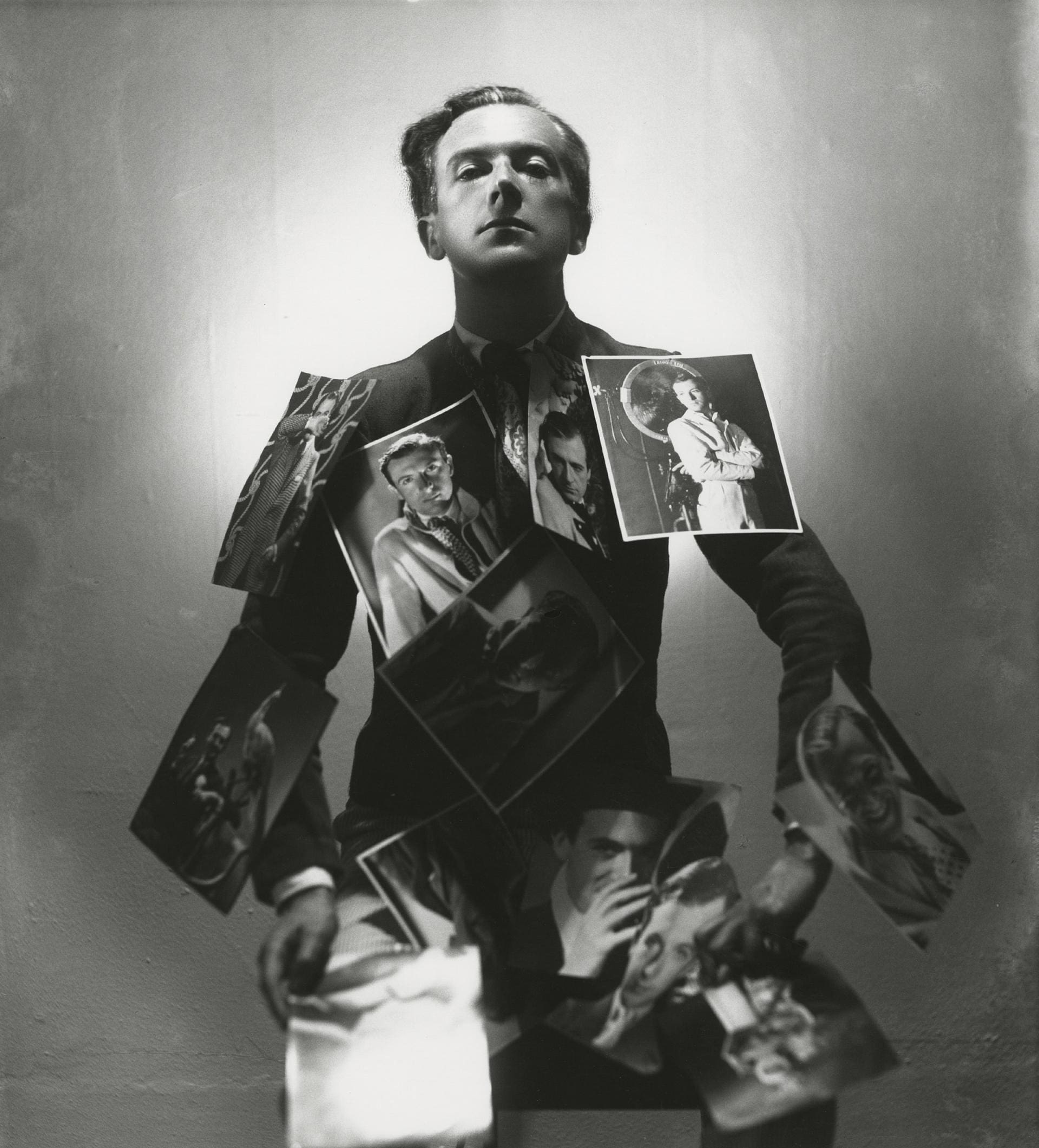
Showcasing 170 works brought together for the first time from both the National Portrait Gallery’s own archive and private collections, Bright Young Things demonstrates the power of fantasy amid turmoil and chaos. Beaton’s own stunning photographs are displayed alongside work of his contemporaries to paint a vivid picture of his circle in the inter-war years. “The exhibition brings to life a deliriously eccentric, glamorous and creative era of British cultural life, combining High Society and the avant-garde, artists, writers, socialites, and partygoers, all set against the rhythms of the Jazz Age”, says Robin Muir, contributing editor of Vogue and curator of the exhibition.
The so-called ‘Bright Young People’ were the sons and daughters of the aristocracy and the social elite, the original young idle and rich latchkey children of the 20th century. Much of their time was spent organising extravagant costume parties and scavenger hunts, where outlandish prizes like the Prime Minister’s pipe or the corsets of an illustrious actress were all part of the game. These hunts were conducted via public transport with the participants said to ‘shriek with excitement’ while riding London buses – a thrill for the privileged few who only ever travelled by private chauffeur.

They were people like Stephen Tennant, a self-styled dandy and son of Lord Glenconner, the Scottish Baron and MP. His incandescent personality earned him the nickname ‘the Brightest of the Bright Young people’ and inspired Evelyn Waugh’s character Miles Malpractice in the 1930 satire on the Bright Young People, Vile Bodies, and Lord Sebastian Flyte in his 1945 magnum opus, Brideshead Revisited. In 1961, Beaton recorded his own impressions of Tennant: “I first met this remarkably poetic-looking apparition while he rode the papier-mâché horses at the Olympic circus. He was surrounded as usual by an adoring group of Guinness girls. He wore a black leather coat with a large Elizabethan collar of chinchilla. As he blew kisses to left and right, he created an unforgettable sight”. The monochrome images of a synchronised Tennant and Beaton posing in rugby shirts, his narcissistic parody of Prince Charming, and Tennant lounging in his ‘Silver Bedroom’ at Wilsford Manor, further emphasise his eccentric bon viveur spirit.
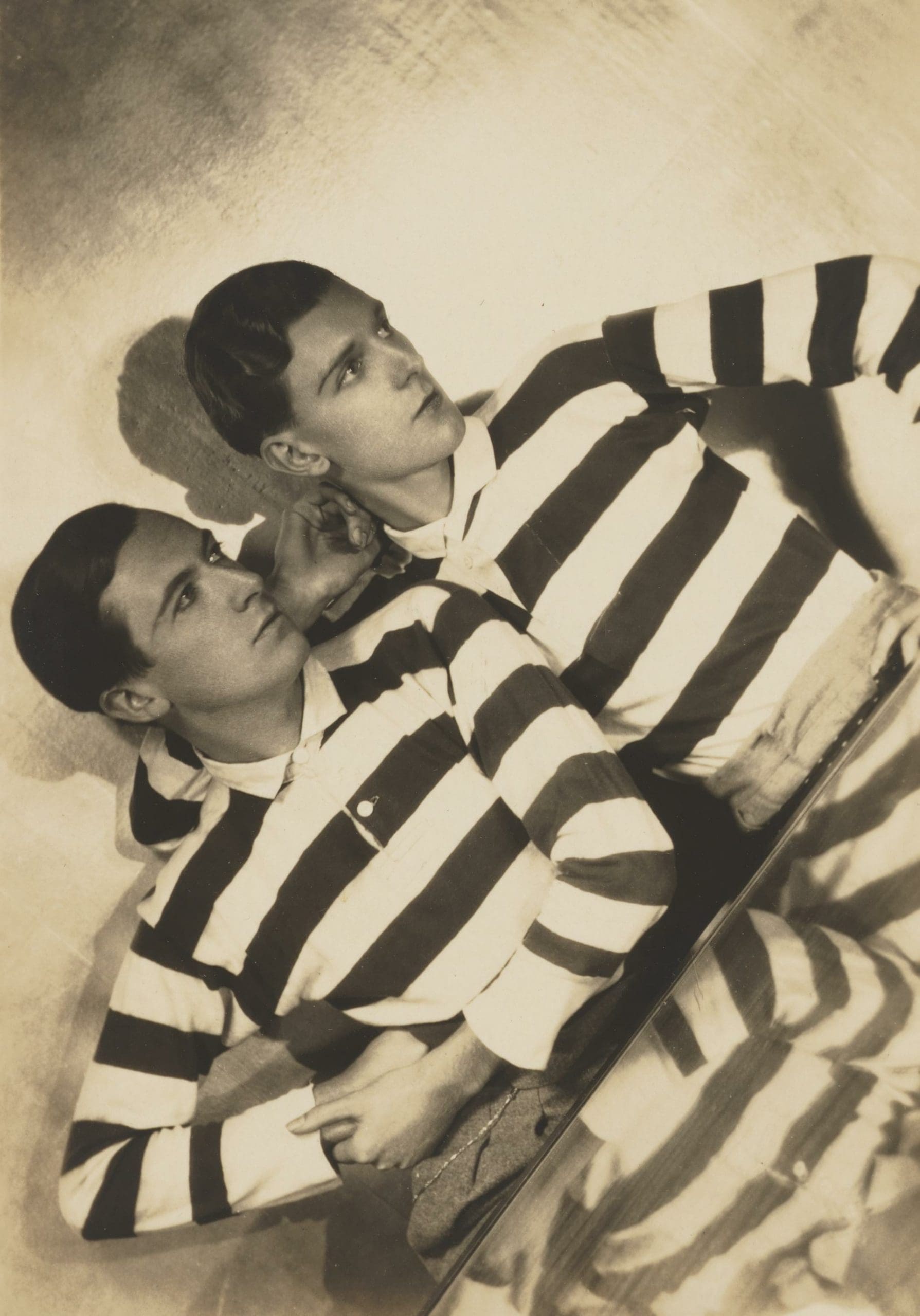
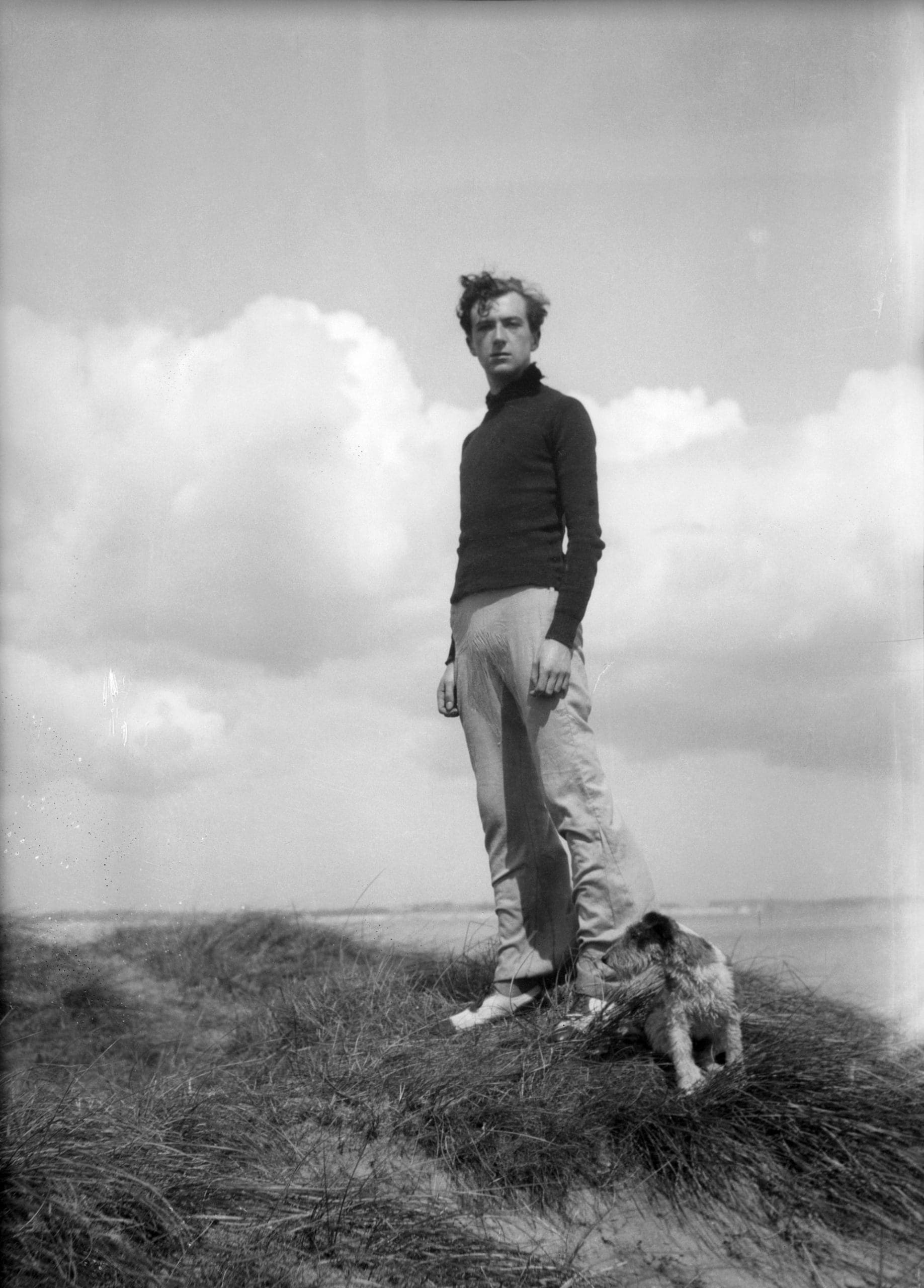
The exhibit also covers Beaton’s formative years, when his subjects were close to home – namely his doting mother and sisters, Nancy and Baba, who indulged his artistic whims. “I used to take pictures of my sisters and I used to dress them up. They were very gauche, ugly little schoolgirls”, he said with a typically cutting wit in a 1970s interview with the BBC.
It was his sisters that sat for some of Beaton’s most iconic images that remain ingrained in the popular imagination today. For The Silver Soap Suds, taken in 1930, Beaton staged Baba alongside the Hon. Mrs Charles Baillie Hamilton and Lady Bridget Poulett as fairytale nymphs, perched amongst a back-lit superfluous mass of cellophane, balloons and silver foil. It is an image that captures the very essence of The Bright Young Things and Beaton’s singular touch.
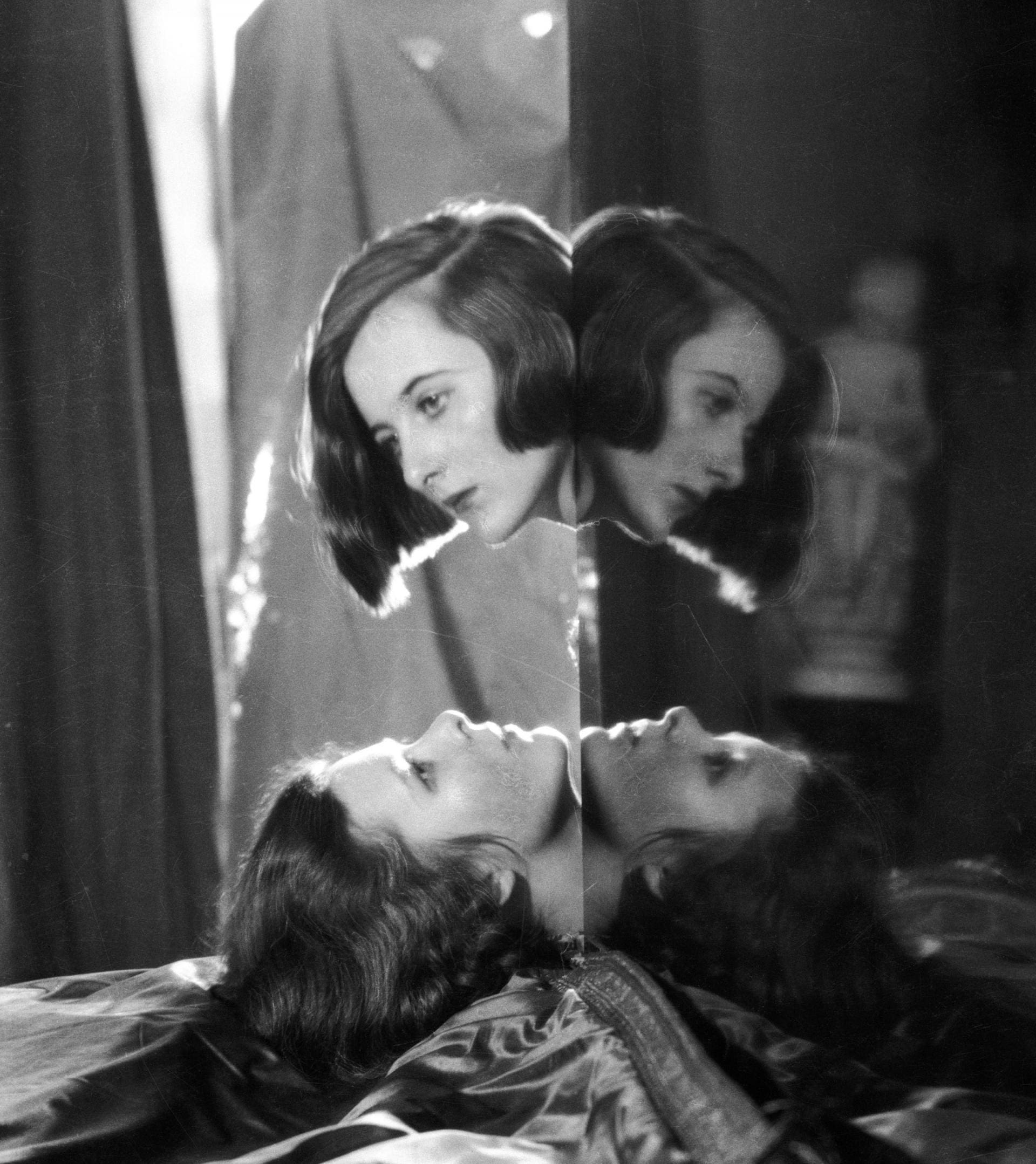
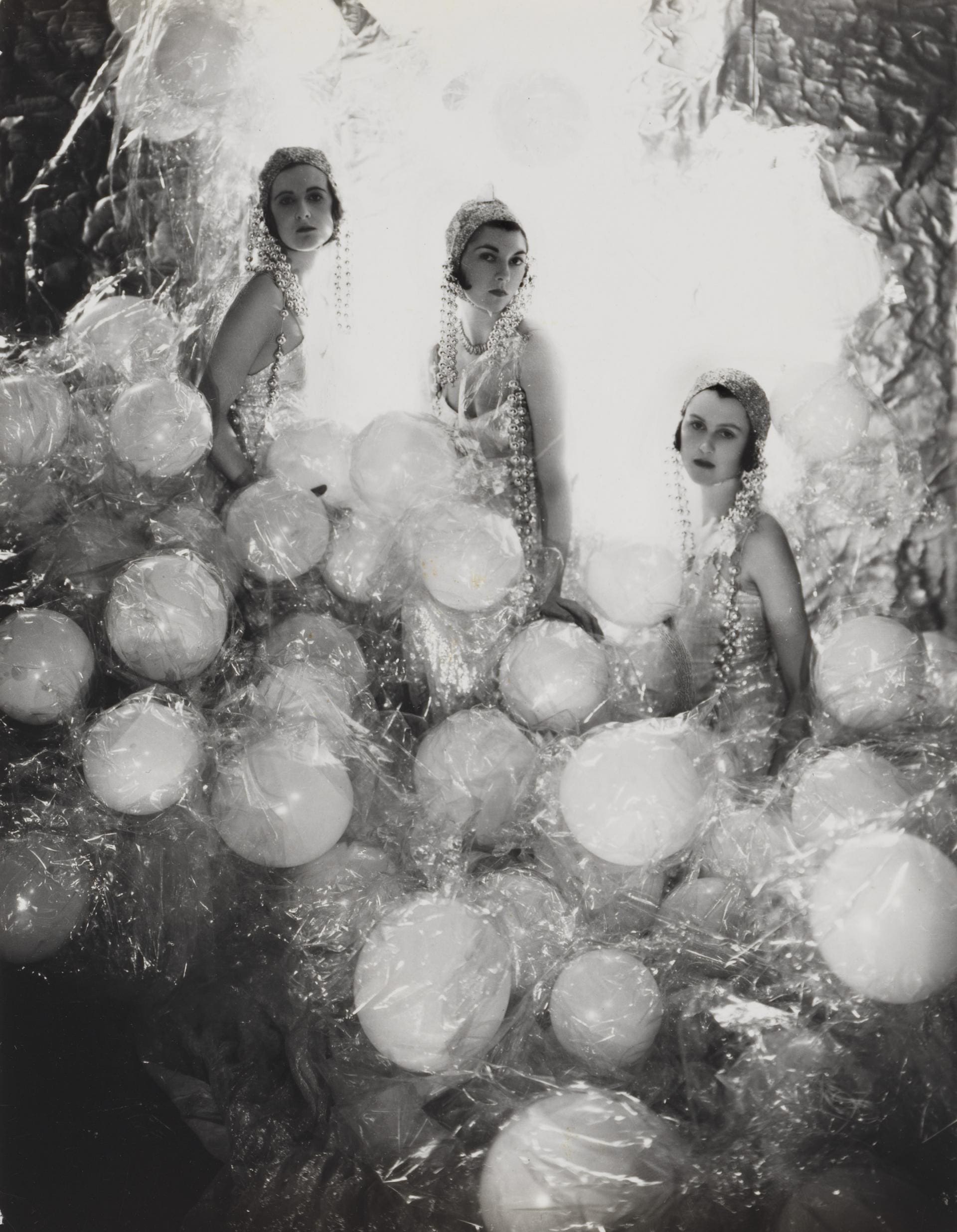
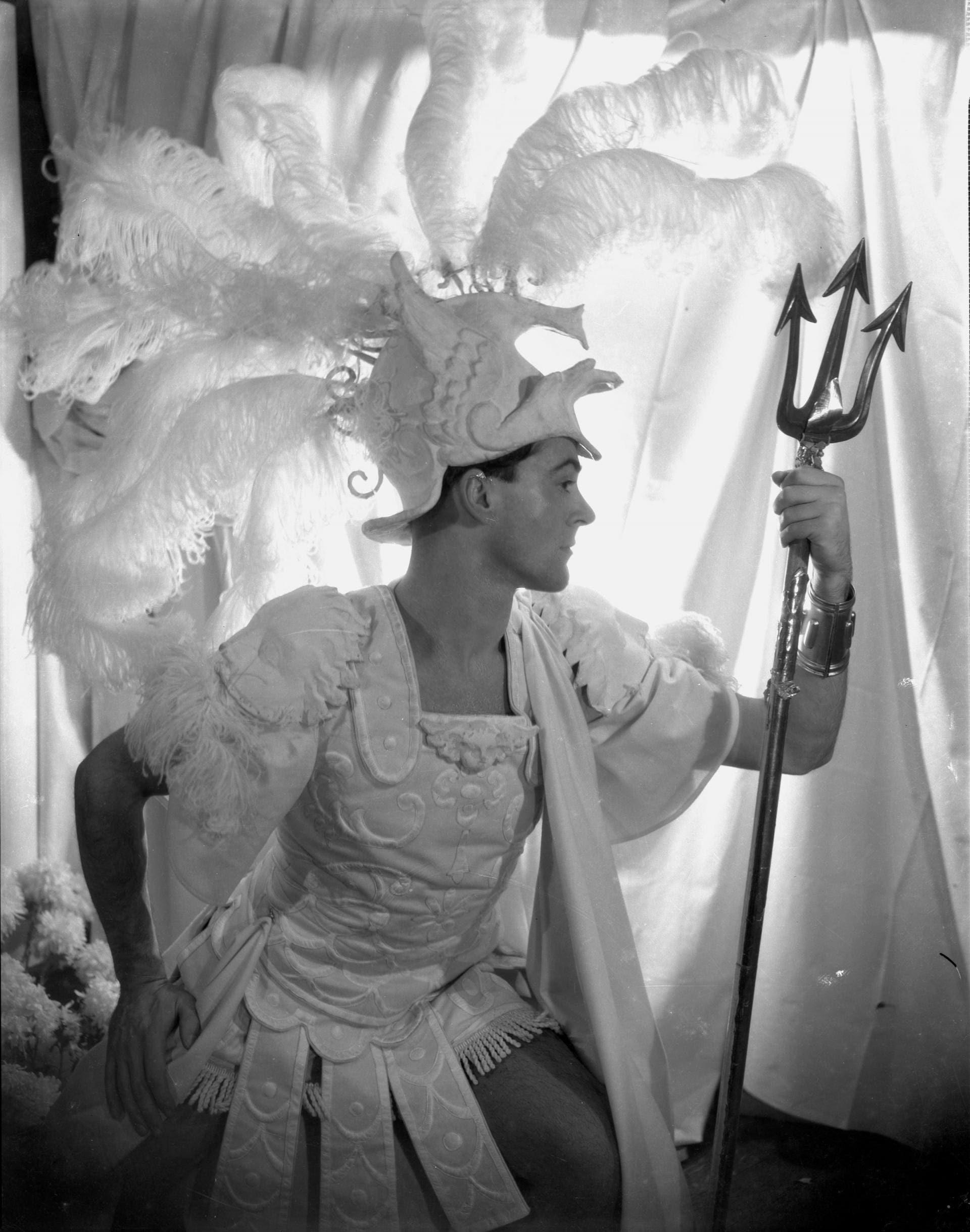
Perhaps the most telling images of his creative force, are the portraits of Beaton himself, taken by his own hand and others. Through his natural charisma or meticulous prop arrangement, these pictures demonstrate his ability for creating images with an ethereal quality, whether he’s snapped candidly on a country stroll with poetically wind-swept hair, or the focal point of a studio set artfully strewn with the accoutrements of his trade.
His more controversial works, which feature throughout the exhibit, were undoubtedly ahead of their time. From a portrait of Beaton in full drag as romance novelist Eleanor Glynn, or a Bowie-esque shot of him in a rakish pose, face painted with eyeliner, unbuttoned shirt and cigarette ablaze; these pictures show he wasn’t afraid to go against the grain of social norms. “I wanted to show my individuality. In fact, I’m not so sure if I didn’t rather like shocking people”, admitted Beaton in a television interview in the 1960s.
Other notable highlights include photographs and paintings of the men and women that were a pivotal influence on his career, often beyond the age of the Bright Young Things. These include a shot of stage designer Oliver Messell dressed as a Trojan, poet and critic Edith Sitwell lying in glorious medieval state, young vivacious-looking Edwina Mountbatten, and wistful portraits of the first Chinese-American Hollywood star, Anna May Wong and society beauty Diana Mitford – the eldest sister of the infamous clan.
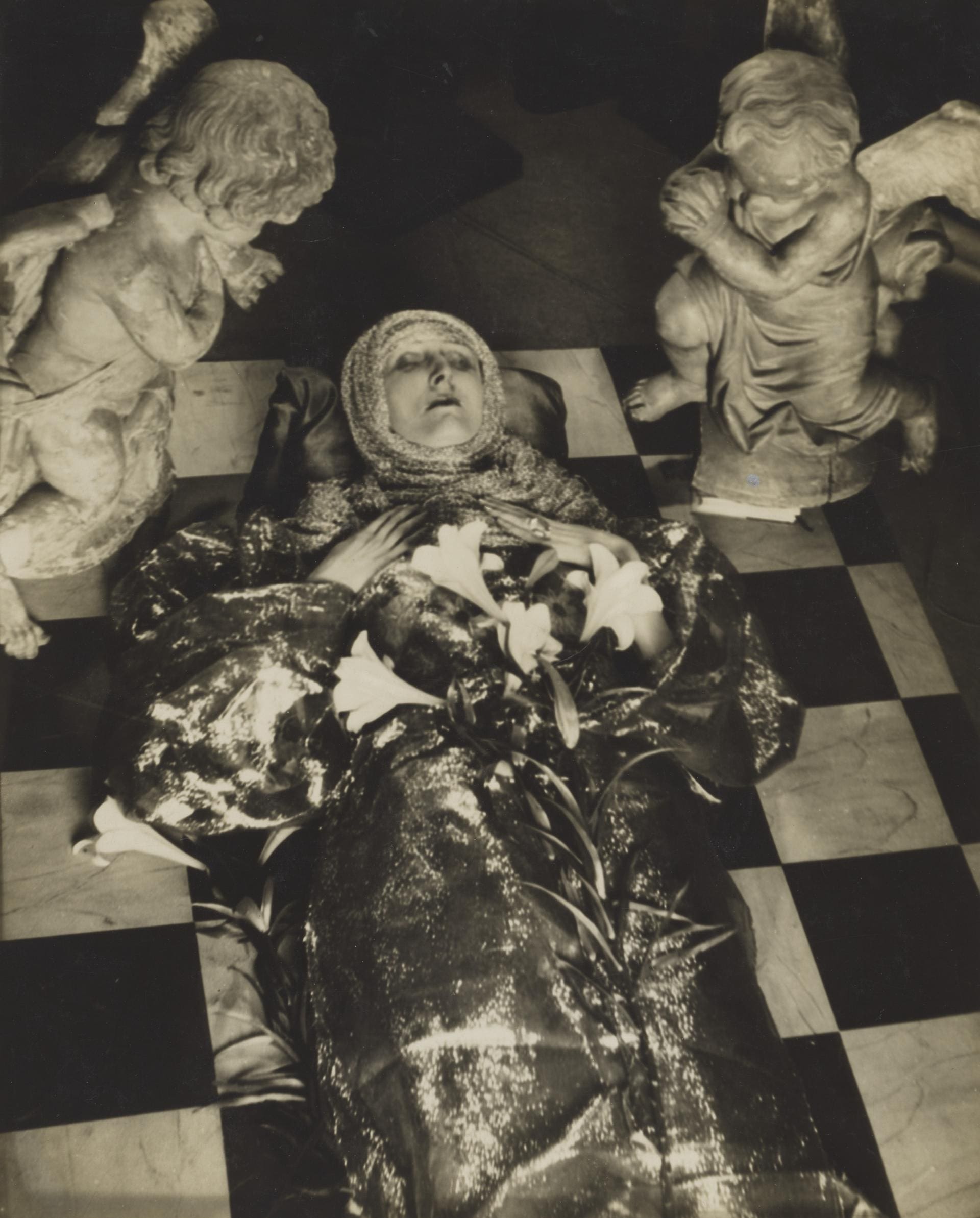
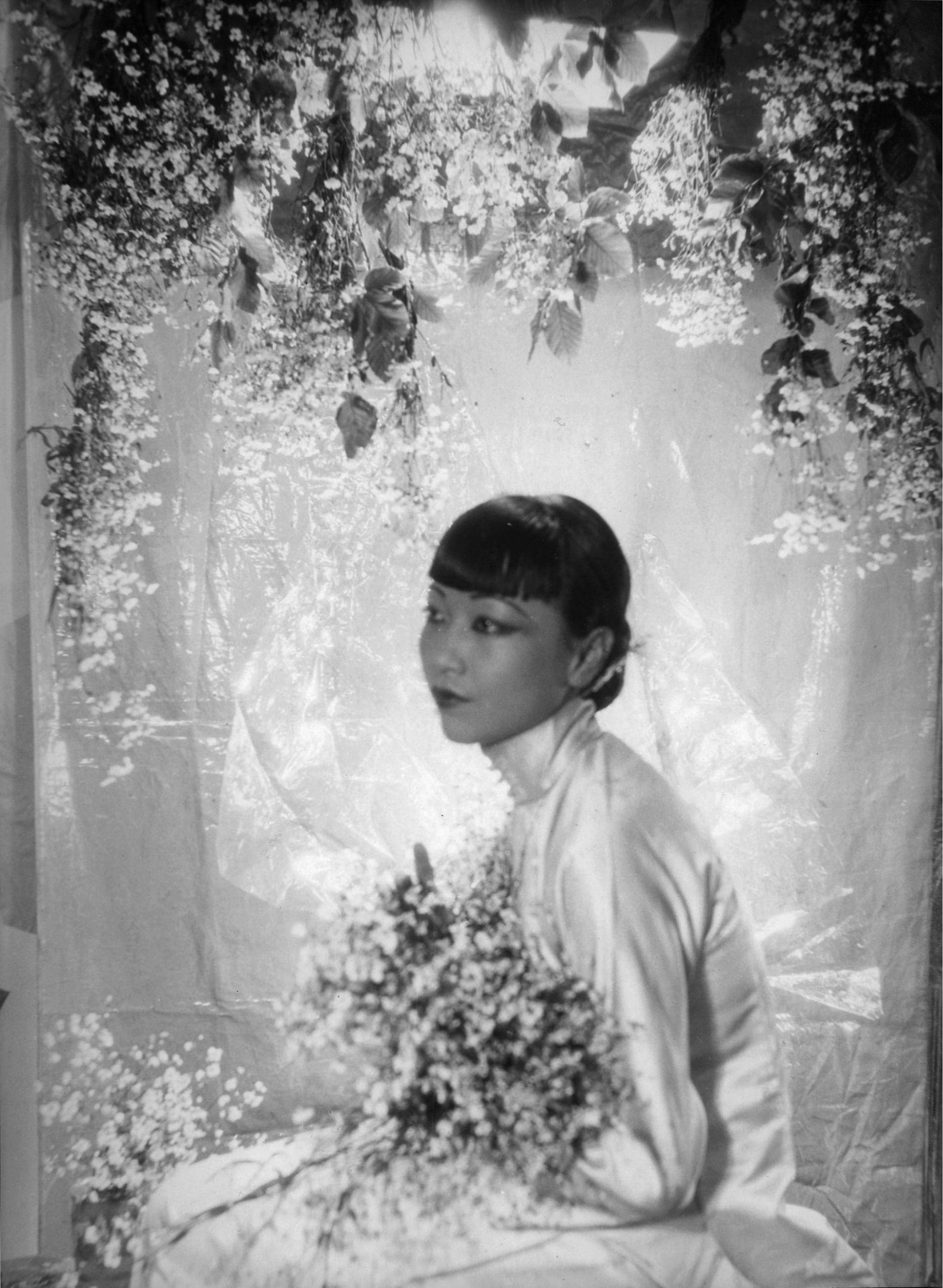
Alongside the numerous professional works, are personal scrapbooks and home photo albums that offer intimate glimpses of Beaton and co. at play at his much-loved rural Wiltshire retreat, Ashcombe.
Bright Young Things is a succinct showcase focusing on one chapter of Beaton’s prolific career. It underscores that he was one of the finest creative talents of the 20th century, who documented his life and times like no one else before or since. And if anything, it’s certainly something bright to look forward to once we’re allowed out into the world again.
The National Portrait Gallery is currently closed but looks forward to welcoming visitors again as soon as it is safe to do so.
Tickets without donation from £17. Tickets with donation from £19. Free for Members and Patrons. The National Portrait Gallery, St. Martin’s Place, London, WC2H 0HE, npg.org.uk
